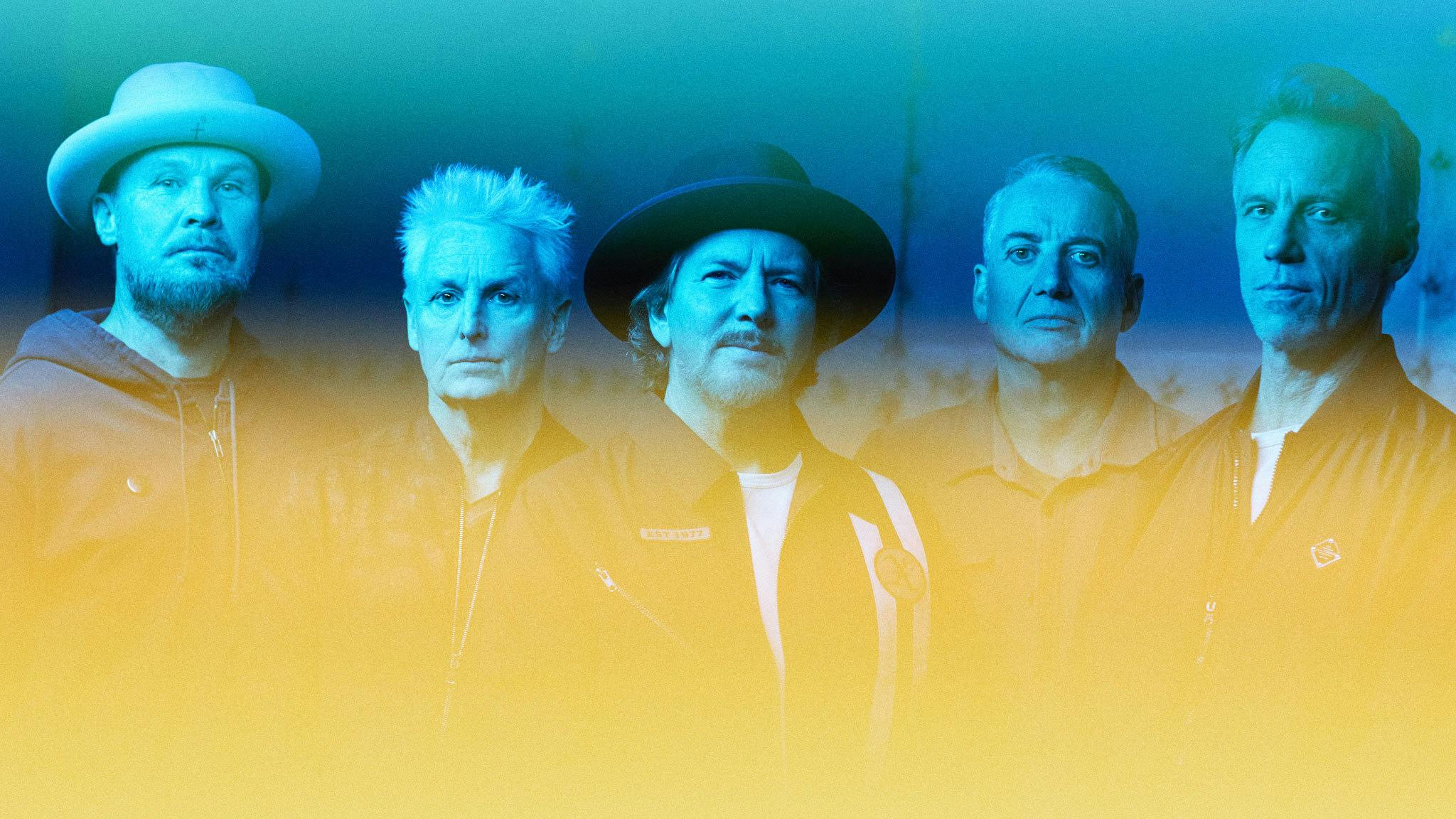Oddly, for a song that became the name of the Pearl Jam fan club’s official magazine, the curious thing about Deep is how relatively little we still know about it or get to see it. Only three pages of the comprehensive PJ Twenty tome even reference the song. Likewise, according to the Unofficial Pearl Jam Stat Tracker, it has only been played 204 times. What’s more, it remains one of the great mysteries in PJ live history. Deep was seemingly a mainstay in sets up until 1995 and then disappeared swiftly until (counts) 2003!? The reason why continues to keep the Pearl Jam message boards awake at night. Still, when Pearl Jam do play it, more and more light is shed on it. At their show in Manchester Arena in 2012, Eddie told the story of its creation. “This is a song that’s been around for a long time and for some reason it hit me today, I had an intense memory of where it came from,” he said. “I was walking in Seattle, I’d only lived there less than a year, and a lighter fell out of the sky onto the sidewalk. I looked up to see where it was coming from and about four storeys up there was a guy – real skinny, kind of scabby looking dude – in a windowsill with a band around his arm, putting a needle into the inside of his elbow. Once I saw that, I just knew I would never fucking do that. It was the most pathetic thing I’d ever seen.”








